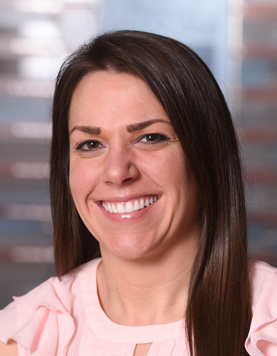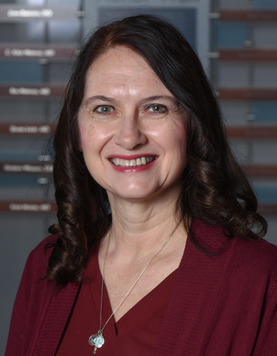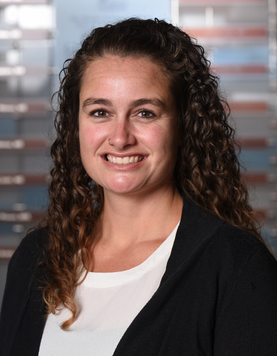what is Hirschsprung disease?
Hirschsprung disease affects the large intestine (colon) of newborns, babies, and toddlers. The condition — which prevents bowel movements to pass through the intestines due to missing nerve cells in the lower part of the colon — is caused by a birth defect. Most of the time, the problems with pooping are obvious at birth, although in milder cases symptoms may become apparent months or years later.
Hirschsprung disease can cause constipation, diarrhea, and vomiting, and it can sometimes lead to serious colon complications, like enterocolitis and toxic megacolon, which can be life-threatening. So, it's important that Hirschsprung disease be diagnosed and treated as early as possible.
what are the symptoms of Hirschsprung disease?
Newborns with Hirschsprung disease may show these signs:
- Inability to pass stool within the first or second day of life
- Swollen belly, bloating, or gas
- Diarrhea
- Vomiting, which may include vomiting a green or brown substance
Inability to poop within the first 48 hours of life is often the key to detecting Hirschsprung disease in a newborn. This red flag can be very valuable in diagnosing the condition.
Less severe cases of Hirschsprung disease may go unnoticed until later childhood, or sometimes even until adolescence or adulthood. The symptoms in these cases are usually milder but can be long-lasting, chronic conditions. Symptoms may include:
- Constipation
- Abdominal swelling
- Difficulty gaining weight
- Vomiting
- Gas
Because Hirschsprung disease can affect the body's ability to absorb nutrients, growth may be affected.
how is Hirschsprung disease diagnosed?
If your baby is showing symptoms of Hirschsprung disease, your pediatric gastroenterologist or pediatric surgeon may recommend one of more tests be performed to evaluate for the possibility of Hirschsprung disease:
- Contrast enema: X-ray study where a contrast dye is given by an enema.
- Anorectal manometry: Test where a small balloon is placed in the rectum to measure the response of the wall of the colon to pressure.
- Biopsy: Removing a sample of colon tissue to examine the structure of the nerves.
how is Hirschsprung disease treated?
Surgery is the most effective treatment for Hirschsprung disease. The most common surgery to correct Hirschsprung disease involves removing the section of the colon without nerves and reattaching the remaining portion of the colon to the rectum. Often, this can be done through minimally invasive (laparoscopic) surgery immediately after the condition is diagnosed.
In some cases, the repair may require two steps. In the first step, the pediatric surgeon will remove the unhealthy portion of the colon and then perform a procedure called an ostomy. In an ostomy, the surgeon creates a small opening, or stoma, in the child's abdomen and attaches the upper, healthy portion of the colon to the opening. The child's stool passes through the stoma into a bag that is connected to it and needs to be emptied several times a day. This allows the lower part of the colon to heal prior to the second surgery. In the second surgery, the surgeon closes up the opening and attaches the normal portion of the colon to the rectum.
how will Hirschsprung disease affect my baby during and after surgery?
The general outlook for children who have been treated surgically for Hirschsprung disease is excellent. After surgery, most can pass stool normally and have no lasting complications. However, a few kids might continue to have symptoms, including constipation and bowel control problems. Some children benefit from daily stretching of the anal opening for several months after the surgery.
Children with Hirschsprung disease also continue to be at risk of developing bowel infection (enterocolitis) after surgery, especially in the first year. Signs and symptoms of enterocolitis can include: bleeding from the rectum, diarrhea, fever, swollen abdomen, and vomiting. You should call your child's doctor immediately if any of these signs and symptoms occur. Your child's doctor may recommend home rectal irrigations (fluid placed into the colon via a small tube) to prevent or treat enterocolitis.
what does living with Hirschsprung disease look like?
Some children continue to experience constipation after their surgery and may need to make modifications to their lifestyle and diet to encourage more comfortable and regular bowel movements. If your child continues to experience constipation after surgery, discuss with your pediatric gastroenterologist or pediatric surgeon whether to try any of the following:
- Serve high-fiber foods
- Increase fluids
- Encourage physical activity
- Laxatives (only as directed by your child's doctor)
Printer-friendly Hirschsprung disease information









